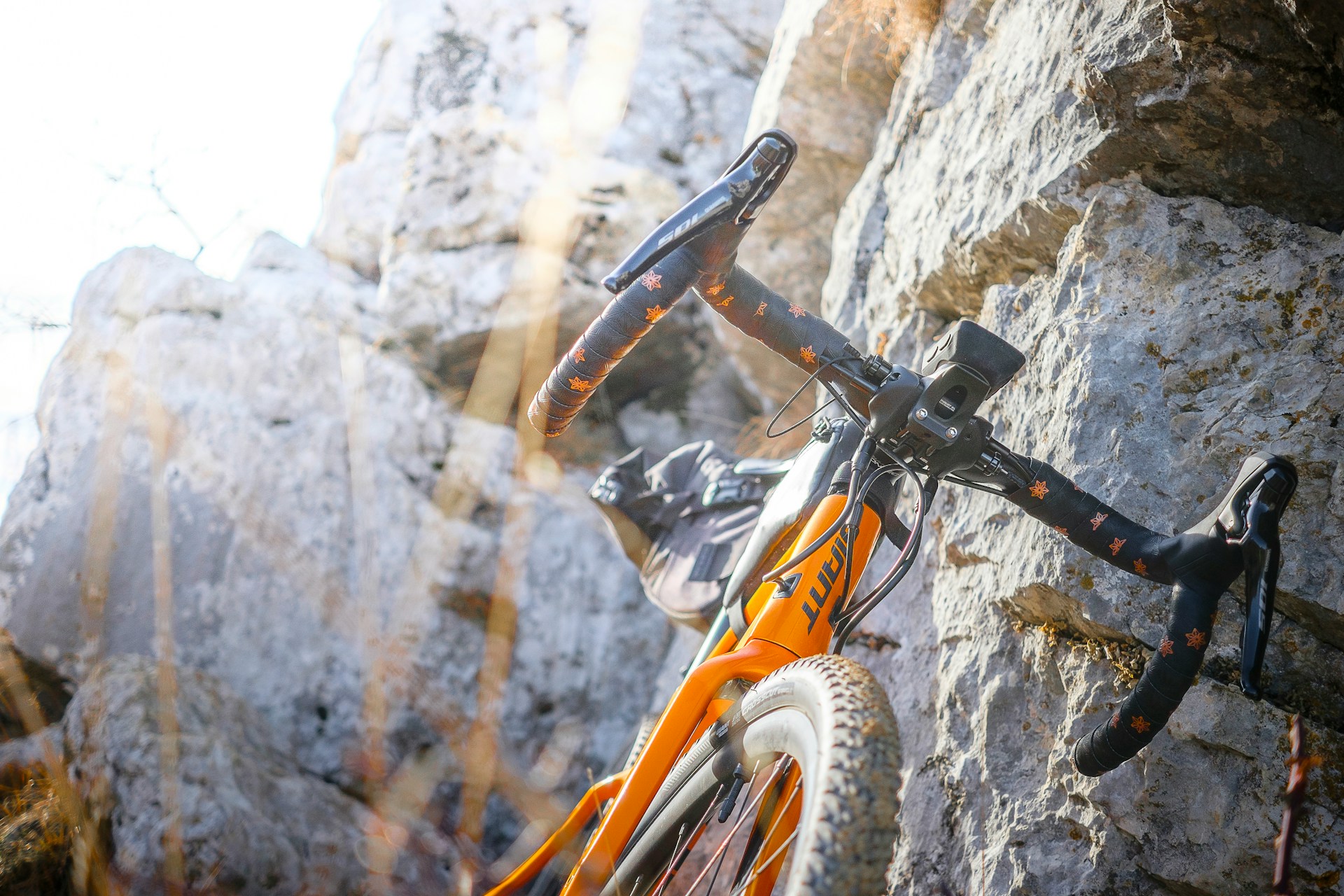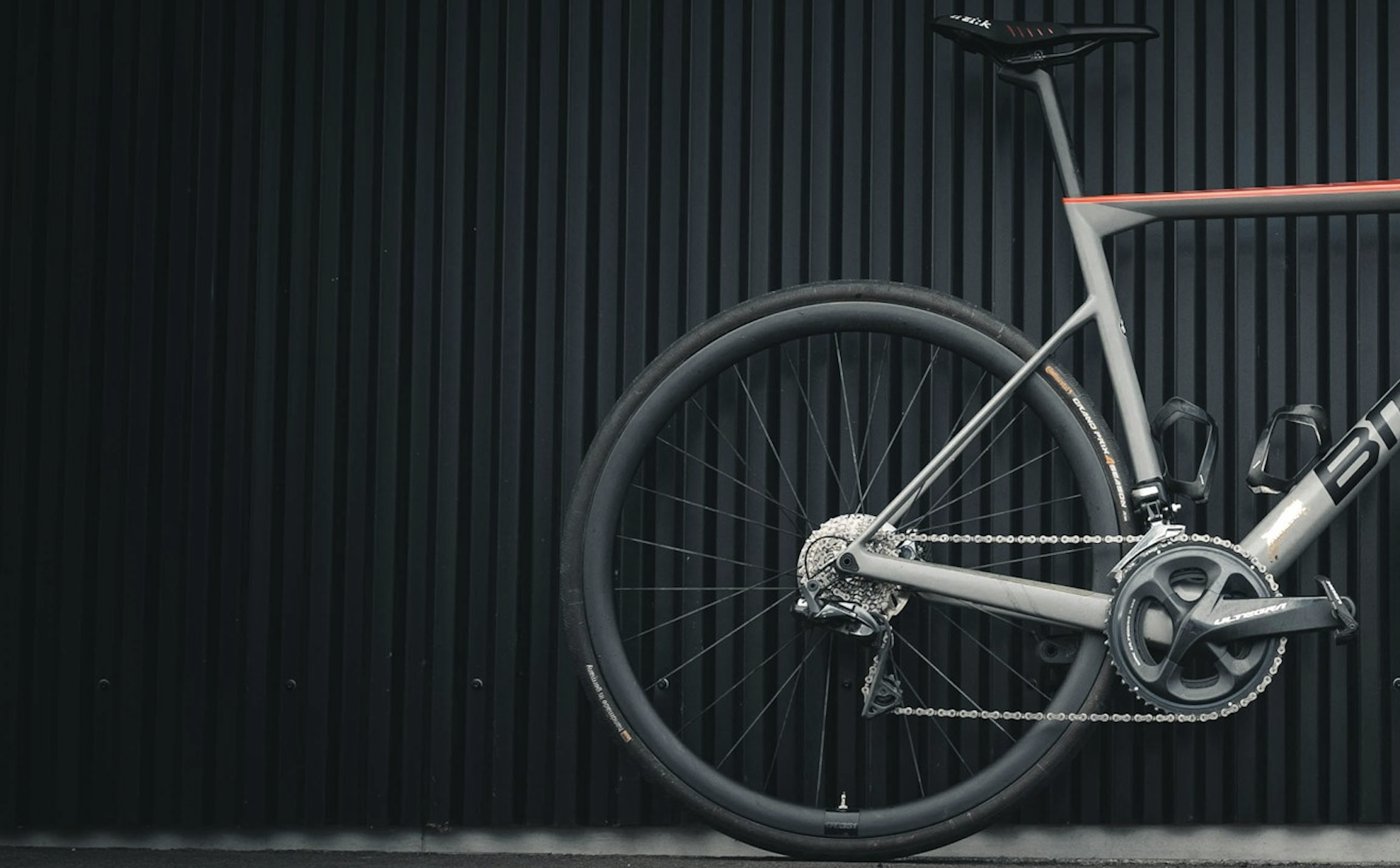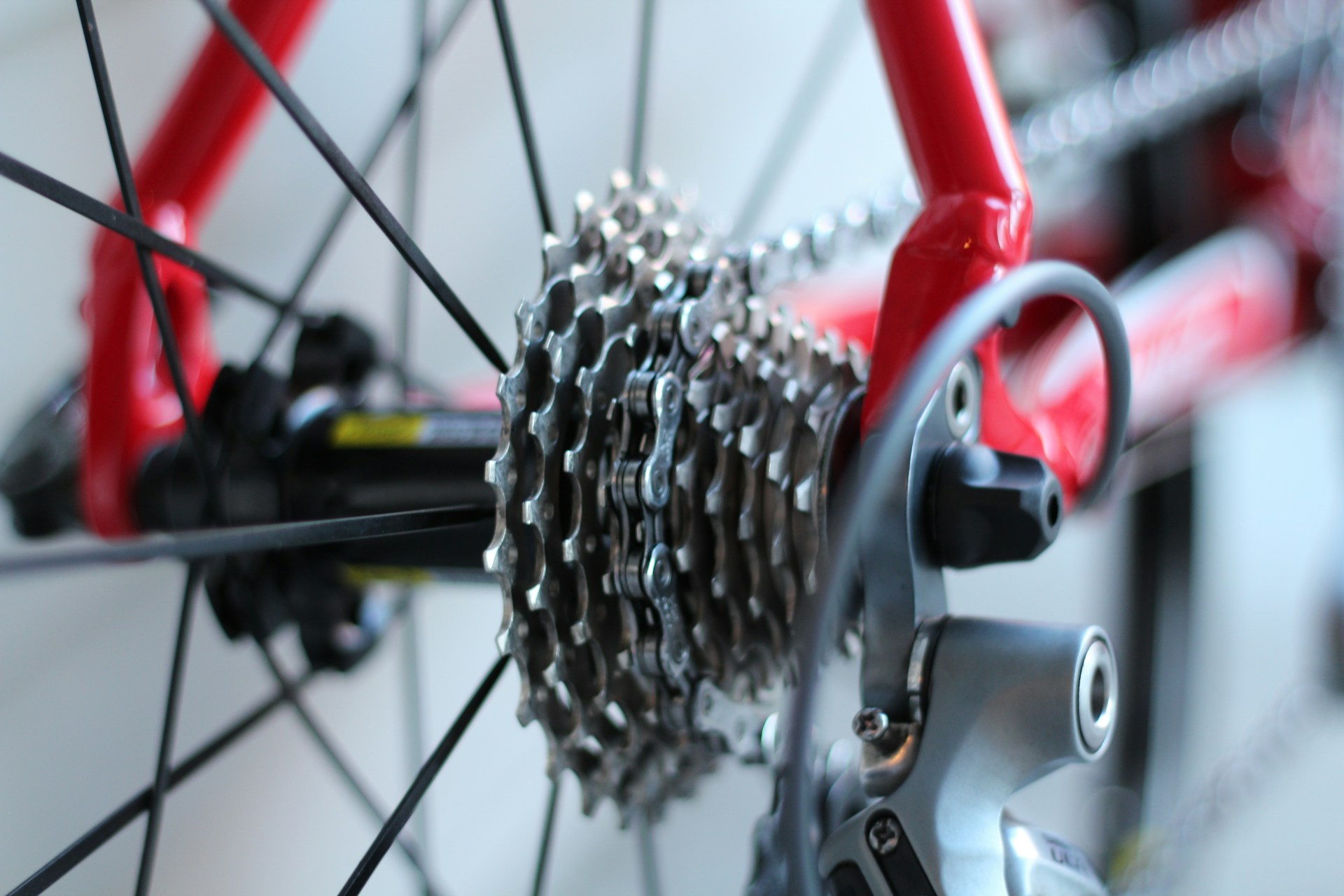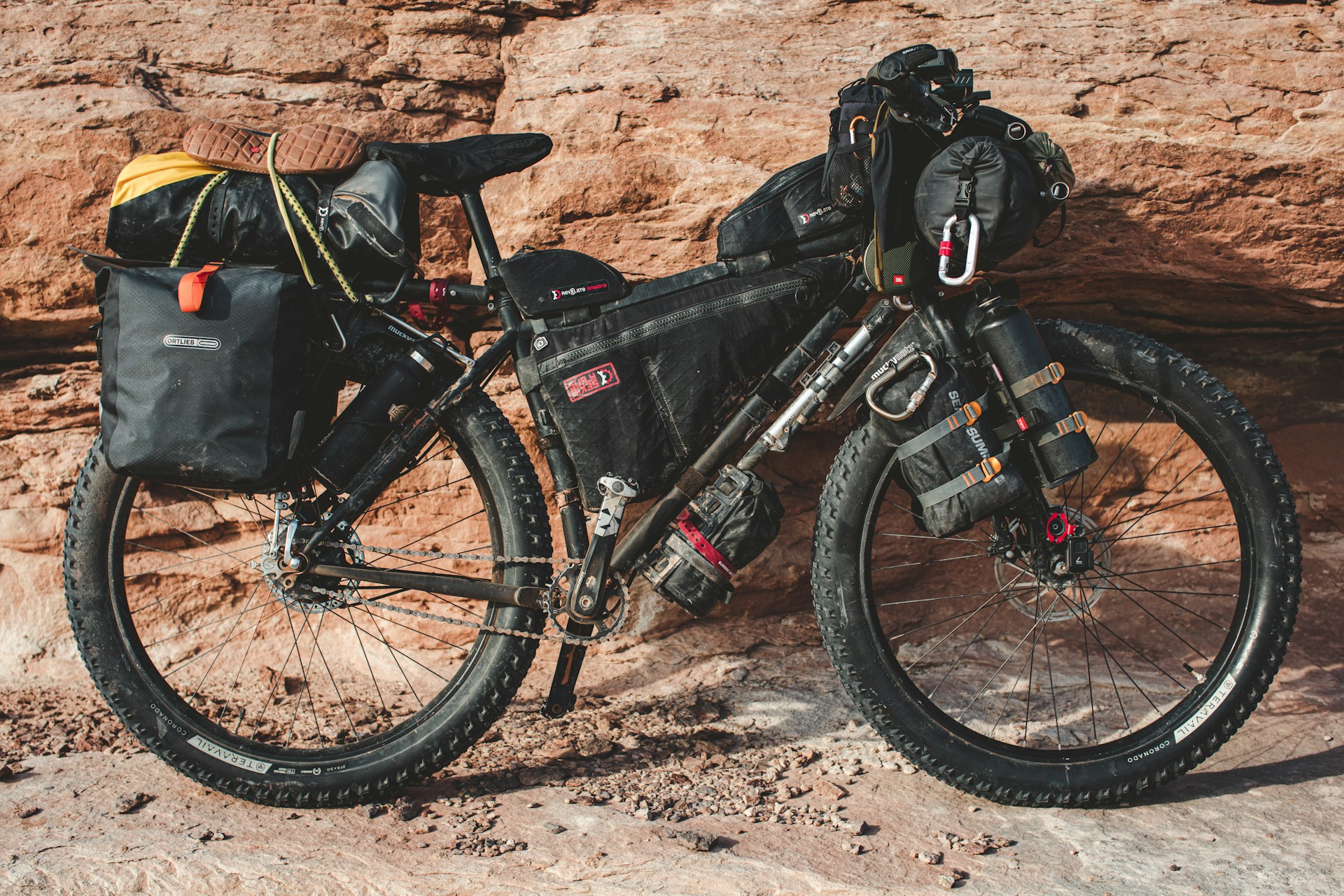
What is a Gravel Bike?
If I have to go straight to the point, I’d say; gravel bikes are a type of bicycle designed for off-road riding on various terrains, mainly gravel paths and dirt roads. They combine the comfort and efficiency of road bikes with the durability and versatility of mountain bikes. But I like bikes, and I like to ride them and I have variety of them, so let me explain you how gravel came to the bikes and why you might perhaps consider getting one!
History of Gravel Bikes
The rise in popularity of mixed-surface cycling competitions, particularly in the American Midwest, was a major factor in the early 2010s for gravel bikes. Riders desired a specific bike that could handle tarmac, dirt tracks, and loose gravel roads equally well. Early models were kind of a mix of touring and cyclocross bikes, but they also had disc brakes for improved handling on rougher terrain, larger tire clearance, and a relaxed geometry. First companies to produce gravel bikes were the likes of Salsa, Specialized, and Cannondale.
Today, from my personal experience, I can tell you that gravel bikes are rather very popular! For a long time, I only had a simple city bike and a fixed gear bike (I still do, and will always have one!) but after getting hooked to bikepacking, I started to look for a bike that could give me some comfort but also be faster than my city bike. Enter the gravel bike!
Why Should You Get a Gravel Bike?
Well, as I mentioned before, gravel bikes are designed for off-road riding on various terrains, mainly gravel paths and dirt roads. They combine the comfort and efficiency of road bikes with the durability and versatility of mountain bikes, but they are not as heavy as mountain bikes. Basically it’s a mix, but, a perfect mix for bikepacking!
Since bikepacking is all about having your bike carry your gear for you, gravel bikes are a perfect choice for that! Combine them with a saddle bag, frame bag and a handlebar bag and you’ve got yourself a complete package for your next bikepacking trip! Of course, you can also use them for bike touring (which is what I do most of the time) but knowing that you can ride them on some rought terrains gives you the confidence to go on a trip that is more adventurous!
Gravel Bike vs. Road Bike
One of the most common uncertainties I’ve been hearing is that sometimes the difference between these two types of bicycles are not very clear sometimes. There are some road bikes that are a bit less aggressive in terms of geometry and can take up to 35-38mm tyres and that is already very close to the gravel bike territory.
However, gravel bikes are by many features, very different than road bikes, especially when it comes to gearing, tyre clearence and geometry.
- Geometry: Generally, gravel bikes have a more comfortable geometry, one sits more upright on a gravel bike than a road bike, therefore less aerodynamic but more comfortable.
- Gearing: Gravel bikes have a different gearing, on the front mostly 2x and sometimes 1x and at the rear anything from 10 to 12 speed and the largest cog at the rear can go from 34 to 50, so some gravel bikes have pretty much a mountain bike casette.
- Tyre Clearence: Gravel bikes have a larger tyre clearence, these days, a bike with a 35mm tyre is less likely to be considered a “true gravel bike”, of course mostly by norm, it’s not a rule or a law. But most gravel bikes start at 40mm and can go all the way up to 45s and depending on the frame and/or manufacturer some gravel bikes can even take a 50mm tyre, now that’s a mountain bike territory right there!
Gravel Bike vs. Mountain Bike
Speaking of mountain bike territory, I’d like to address a few key differences between the two. Here, the gap is a lot larger, and the whole comparison could be multiple blog posts, but I’ll just address the biggest differences.
- Suspension: Vast majority of the gravel bikes, don’t have a suspension. Some have only a suspension fork at the front, some have a type of an integrated rear suspension but with a relatively small movement but most mountain bikes usually have gigantic suspensions to absorb all those impacts on the trail.
- Gearing: Almost all mountain bikes will have a very easy climbing gear and perhaps a lower top speed than a gravel bike, since they are usually used on a single track, gravel bikes on the other hand as mentioned above, will have a broader gear range that covers both some climbs as well as straight roads.
- Geometry: Gravel bikes have a different handlebar, and a completely different geometry. Mountain bikes are equipped with a wide flat bars to give the rider the most control and the rider sits relatively upright.
Do I Need a Gravel Bike for Bikepacking?
I can confirm, 100% that a gravel bike is not a must, and a good quality one will definitely cost you some money, but it’s not something that should take away your desire to go out and try bikepacking! Any bike, literally any bike that has decent components such as working brakes and gears (even a single speed or fixed gear, I made my first ever bikepacking trip with a fixed gear bike) will do the job!
Conclusion
Whether gravel or a city bike, it’s all about the adventure! An expensive gravel bike won’t make your bikepacking trip more fun. So, if you’re a seasoned bikepacker, you probably already have a gravel bike, but if you’re not, you don’t need to worry about it, just ride whatever bike you have.
If you however, want to get a gravel bike or build one! I’ve got some great ideas here on VeloPacker, as you can also see for yourself on the roadmap I’m working on a Bike Builder that will help you build your bike or rather put together components with compatibility in mind, then you can get that to your Local Bike Shop and get quote on how much it would cost, or maybe I can help you with checking up the prices for individual components. Like, I literally get ideas about what I want to build whilst I’m writing this article!
Check VeloPacker.com for roadmap, latest updates and features and sign up to waitlist, to be one of the first to get the info, once it’s live!



